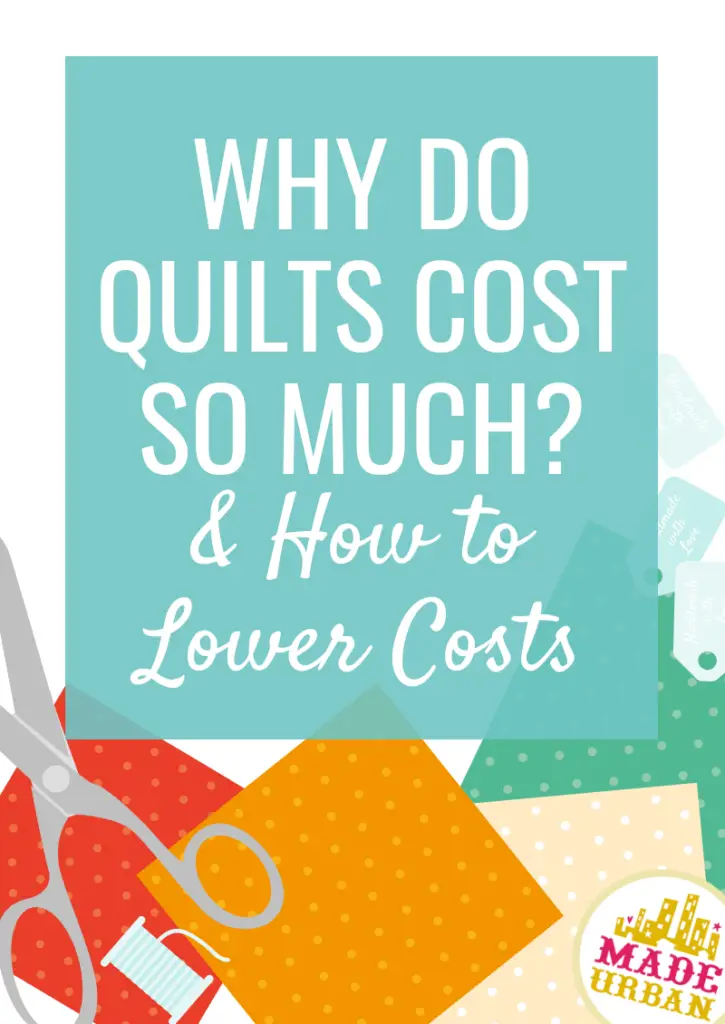Have you ever wondered why quilts cost so much? Quilts are often expensive pieces of artwork, with prices ranging from hundreds to thousands of dollars. From the fabric and batting used to the time spent creating the quilt, there are many factors that contribute to the cost of these unique items. In this article, we’ll explore why quilts cost so much and what you need to know when shopping for one.
Materials Used in Quilt Making
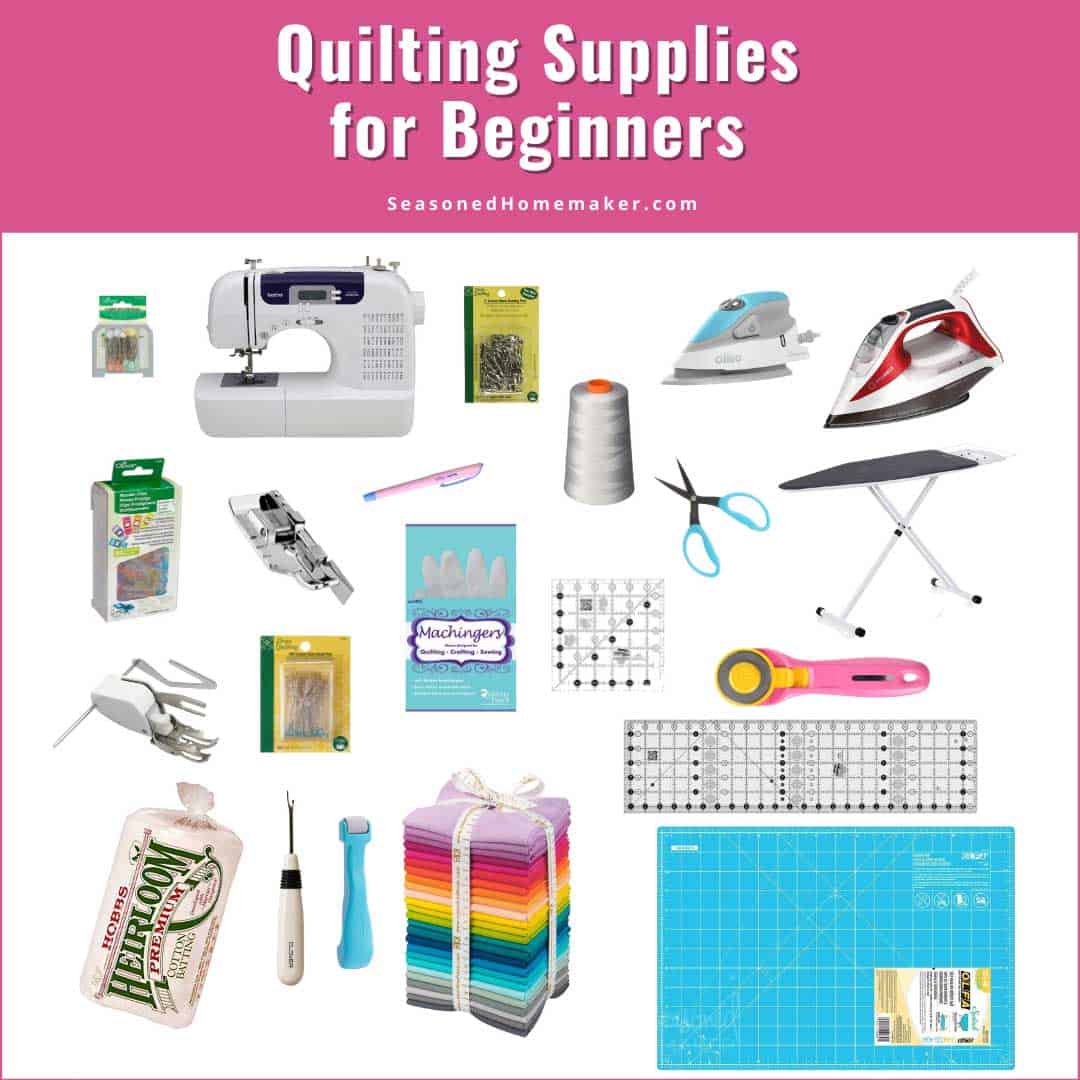
Making a quilt requires a lot of materials, including fabric, batting, and thread. These materials can be expensive, and that’s why quilts often cost so much. Here are some interesting facts about the materials used in quilt making:
- Fabric: Quilt makers often use high-quality fabrics because they are more durable and less likely to shrink over time. Specialty fabrics may also be used to add unique textures and patterns to a quilt. All of this can add to the cost of the quilt.
- Batting: Batting is the layer of material between the quilt top and the backing. It is usually made of cotton, wool, or polyester and helps to give the quilt a soft, fluffy feel. Batting can also be expensive, depending on the type used.
- Thread: Quilt makers typically use high-quality thread for stitching the quilt together. This helps to ensure the quilt will remain durable and will not unravel over time. Quality threads are often more expensive and can add to the overall cost of the quilt.
These are just a few of the materials used in quilt making that can contribute to why quilts are so expensive. Quality materials are essential for creating a beautiful, durable quilt that will last for years.
Labor Intensive Process
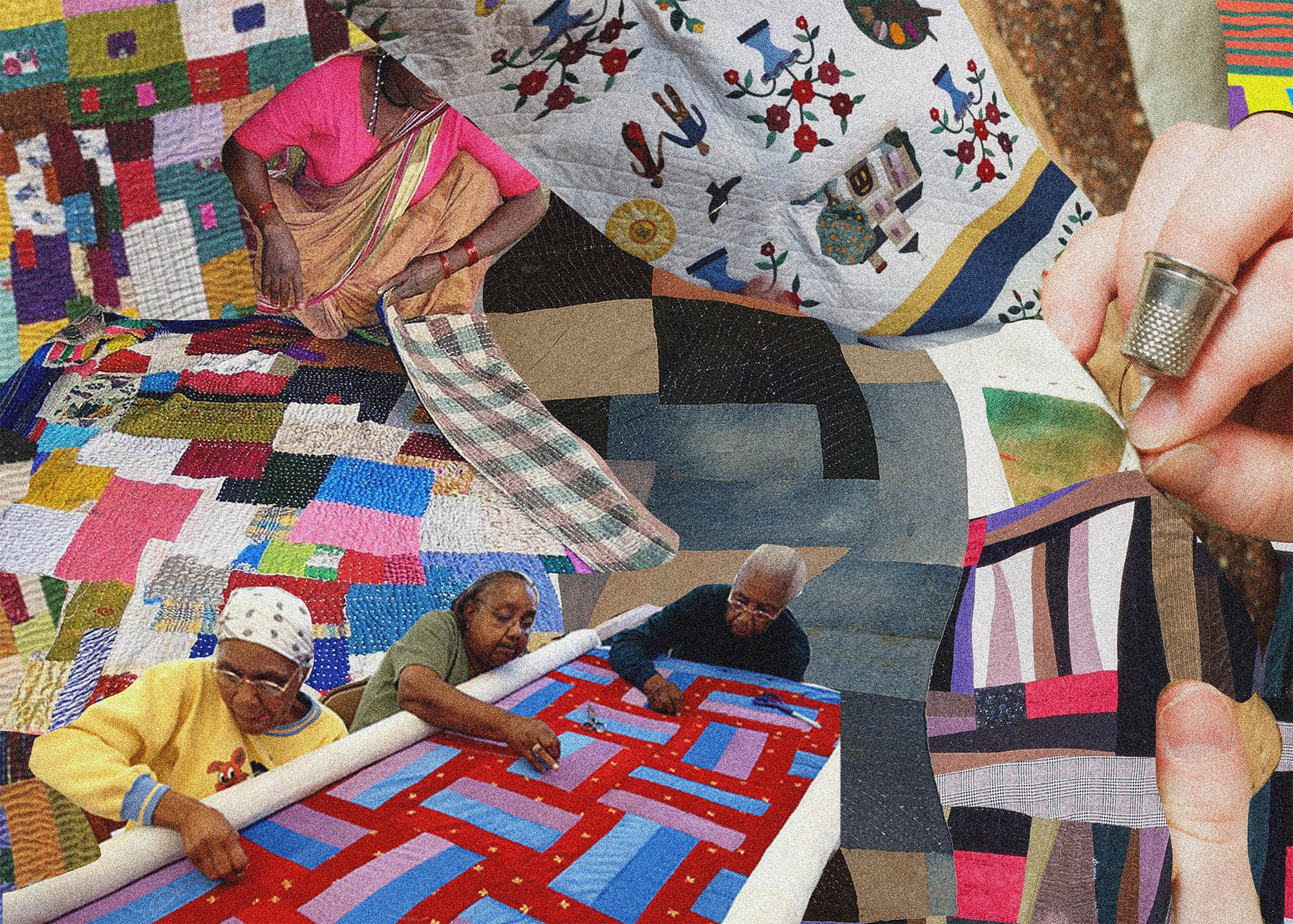
- Handcrafted: Quilts are often handcrafted, requiring hours of detailed and labor-intensive work to create.
- Piecing: Quilts are composed of multiple pieces of fabric, known as blocks. These pieces are combined to create the overall pattern and design of the quilt.
- Basting: After the pieces are combined, the quilter must baste the quilt, a process of hand-sewing the pieces together.
- Quilting: To add the final touches to the quilt, the quilter must quilt the quilt, a process of hand- or machine-stitching the quilt together.
- Finishing: After the quilting is complete, the quilt must be finished, a process that includes binding, washing and pressing the quilt.
The labor-intensive process of creating a quilt is one of the main reasons why quilts can be expensive. Each quilt is unique and requires hours of careful and detailed work to create. Quilters must piece, baste, quilt and finish the quilt to create a finished product that is both beautiful and durable.
Quality of Quilts
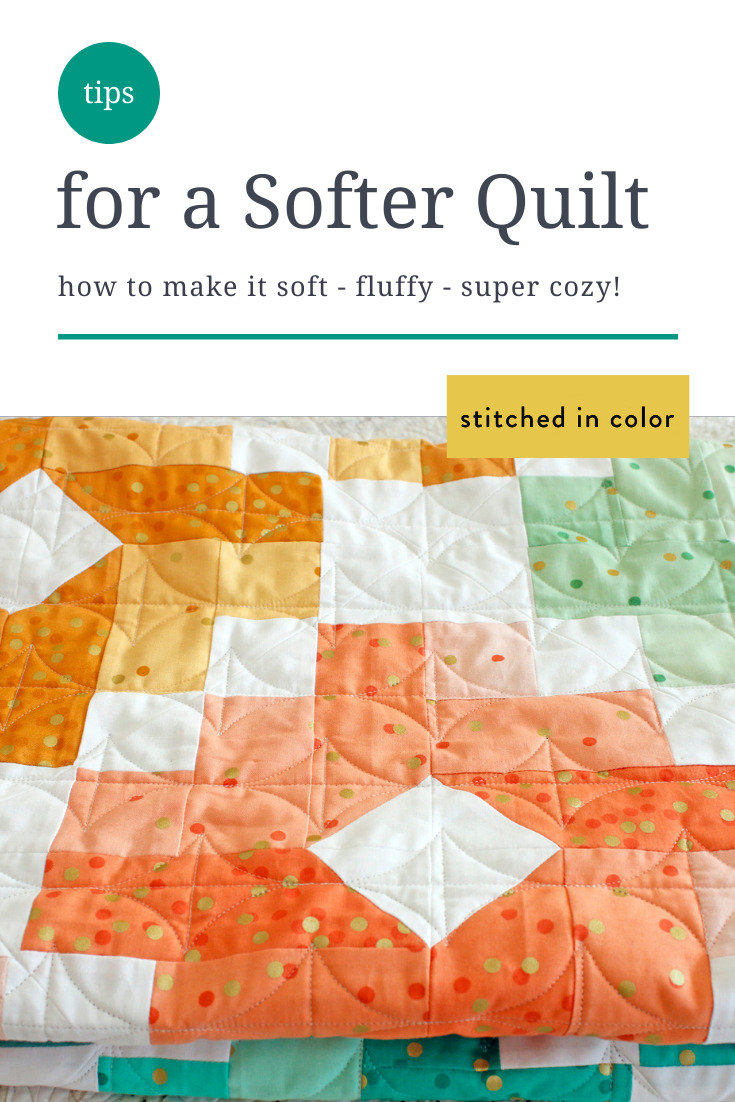
Quilts are made with high-quality fabrics, materials, and techniques. They are carefully crafted and often made with attention to detail. The fabrics used in quilts are usually of high-grade quality, ensuring durability and longevity. The techniques used in quilt making are often advanced and intricate, making them more difficult and time-consuming to produce. Quilts are also often made with multiple layers of fabrics, adding to their complexity and cost.
Materials
| Material | Description |
|---|---|
| Fabric | High-grade fabrics are often used in quilt making. |
| Thread | High-quality threads are used to ensure durability and longevity. |
| Battings | Layers of batting are used to give quilts extra warmth. |
| Embellishments | Embellishments such as beads, embroidery, and buttons are often added for added detail. |
Techniques
Quilts are often made with a variety of complex quilting techniques such as patchwork, applique, and quilting. These techniques require a lot of skill and time to complete. Quilting can also be used to add detail and texture to a quilt, further increasing its cost.
Availability and Supply of Materials
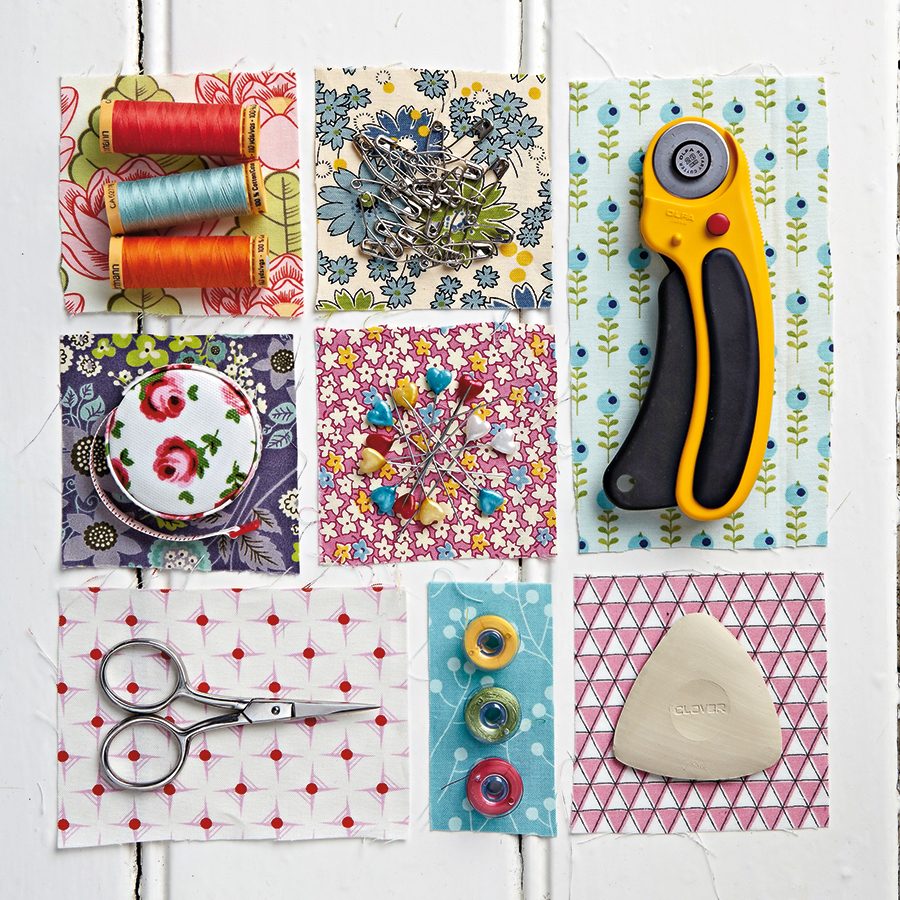
Quilts require a variety of materials, such as the fabric, batting, and trims, which can be expensive. The cost of raw materials is increased due to their limited availability and supply. Quality fabrics, especially cottons, are usually only available in small quantities, and they can be difficult to find and expensive. Similarly, other materials like batting, trims, and threads are also expensive due to their limited availability. Additionally, the labor involved in collecting and gathering materials can add to the overall cost of a quilt.
Regional Cost of Living Variations
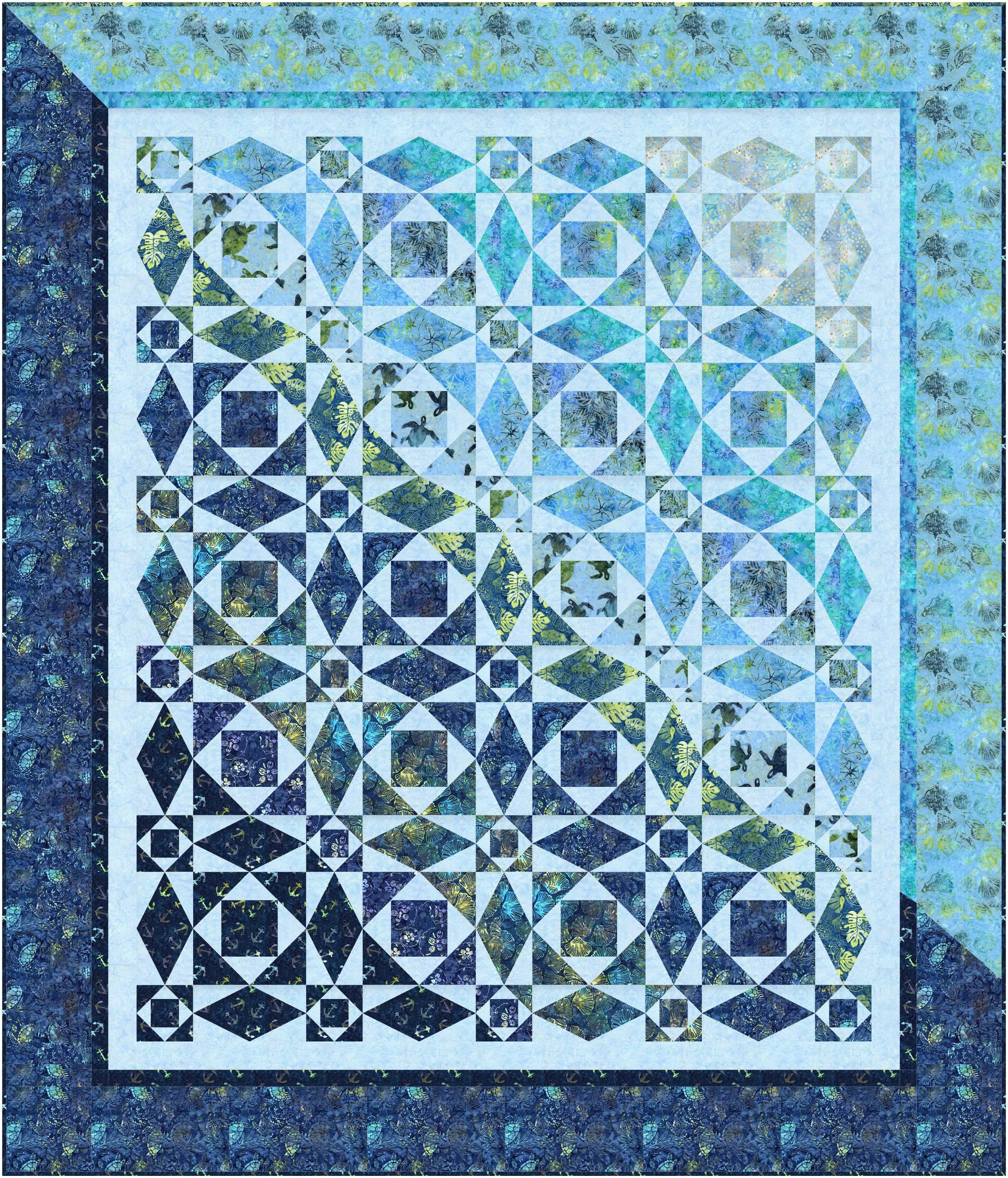
Quilt prices vary based on the cost of living in the region where they are made and sold. Factors such as the cost of labor, materials, and shipping can all contribute to the cost of the quilt.
Labor Costs: Quilts are typically handmade and the cost of labor can vary significantly between different regions. In areas with higher wages, the cost of labor can be much higher than in areas with lower wages.
Material Costs: In addition to labor, the cost of materials used to make the quilt can vary depending on the region. For example, in some regions, the cost of fabric and thread may be higher than in other regions.
Shipping Costs: Shipping costs can also vary depending on the region. For example, in some regions, shipping costs may be higher due to higher fuel costs or longer distances.
Overall, the cost of quilts can vary significantly based on the region where they are made and sold, as the cost of labor, materials, and shipping can all contribute to the cost of the quilt.
Demand for Quilts
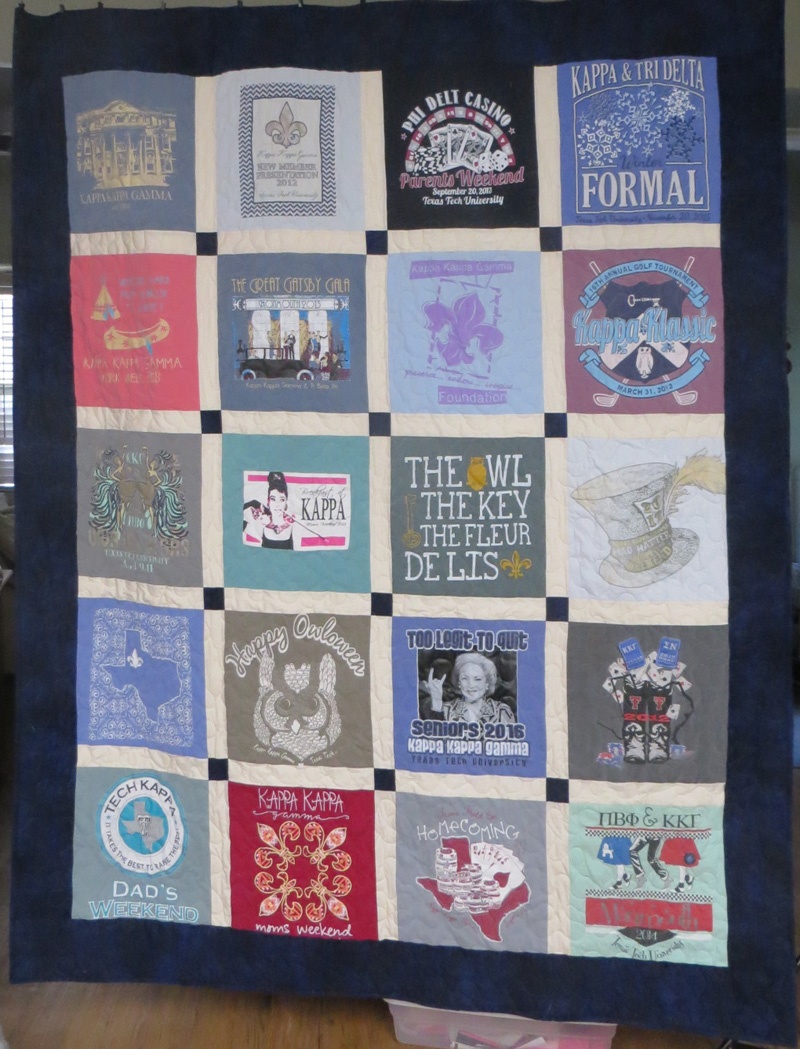
- High Quality Materials: Quilts are typically made from high quality materials such as cotton, wool, and linen. These materials are expensive, so the cost of quilts is often higher than that of other items.
- Time and Skill: Quilts require a lot of time and skill to create. The intricate patterns and designs take many hours to complete. This adds to the cost of quilts.
- Handmade: Many quilts are handmade, which is why they are often more expensive than those made with a machine. Handmade quilts require more time and care, and are typically made with more attention to detail.
- High Demand: Quilts are in high demand and the demand is increasing. This is because quilts are both beautiful and functional. They can be used as bedding or as decorative items, and they are often seen as collectible items.
- Limited Supply: The supply of quilts is often limited because they are often handmade and require a lot of time and skill to create. This drives up the cost of quilts.
Cost of Specialized Quilts
- Custom quilts can range in cost from hundreds to thousands of dollars, depending on the complexity of the pattern, the fabric used, and the number of hours spent creating it.
- Commemorative quilts can be especially expensive, with prices ranging from a few hundred to upwards of a thousand dollars, due to the fact they are often made with high quality fabrics and may include photographs and other details.
- Heirloom quilts can be especially costly, as the fabrics used may be antique or vintage, and the labor intensive hand quilting may take several hundred hours to complete.
- Art quilts are considered works of art and can be extremely expensive, with prices ranging from a few hundred to tens of thousands of dollars depending on the artist’s name and the amount of time and materials involved in creating the quilt.
- Antique quilts can also be expensive, as they are rare and highly sought after. Depending on the age, condition, and rarity of the quilt, prices can range from a few hundred to several thousand dollars.
Frequently Asked Questions
What Affects the Cost of Quilts?
Quilts are expensive due to the materials and labor involved in their production. High-quality materials like cotton, wool, and silk can be costly, and the labor-intensive nature of quilt-making requires considerable time and skill. Additionally, the complexity of a quilt’s design can add to the cost, as intricate patterns require more fabric, more time, and more labor. Specialty fabrics, such as those used for appliqué, can also add to the cost of a quilt. Finally, the size of the quilt will affect the cost, as larger pieces require more fabric and more labor.
What is the difference between a quilt and a comforter?
Construction
- A quilt is traditionally made from three layers of fabric – the top, a batting layer in the middle, and a backing fabric on the bottom.
- A comforter is usually made from one layer of fabric with a synthetic or natural filling.
Style
- Quilts usually feature intricate patchwork designs.
- Comforters tend to have a solid color or repeating pattern.
Usability
- Quilts are lightweight and breathable, making them ideal for use in cooler climates.
- Comforters are heavier and are best suited for use in colder climates.
Durability
- Quilts are often made to be passed down through generations.
- Comforters may need to be replaced more often.
Cost
- Quilts are often handmade, increasing the cost.
- Comforters are usually produced in factories, which keeps the cost lower than a quilt.
Are Quilts Worth the Investment?
Quilts are often seen as a significant investment due to the cost of materials and labor involved in creating them. However, they can be a sound financial decision as they are typically made to last for many years and can even be passed down as heirlooms. Quilts are also often more aesthetically pleasing than other types of bedding, and in some cases can even increase the value of a home. Ultimately, the decision of whether or not a quilt is worth the investment is up to the individual consumer.
What are the Benefits of Owning a Quilt?
Quilts are timeless, versatile, and durable items that can last for generations. Not only do they provide warmth and comfort, but they also add style and charm to any home. Quilts can be used as decorative wall hangings, bedspreads, or throws. They are also ideal for special occasions like weddings, anniversaries, and birthdays. Additionally, quilts are made from high-quality materials such as cotton, wool, or silk, making them a great investment.
Are there different types of quilts?
Quilts come in many different styles and shapes. From the traditional patchwork quilts, to modern quilts made from polyester and microfiber, there is a quilt style to suit everyone. Here are some of the most popular quilt types:
- Patchwork Quilts – These quilts are made up of small squares and rectangles of fabric that are cut and sewn together to form a pattern.
- Applique Quilts – These quilts feature different shapes of fabric appliqued onto a background fabric.
- Wholecloth Quilts – These quilts are made from one large piece of fabric that is quilted with decorative stitches.
- Tied Quilts – These quilts are made from two layers of fabric that are tied together with yarn or thread.
- Modern Quilts – These quilts are often made with bold colors and graphic designs.
The type of quilt chosen will have an impact on the cost, as some designs require more fabric and/or a greater skill level. For example, a complicated patchwork quilt or a modern quilt with intricate quilting patterns will cost more than a simple tied quilt.
Conclusion
Quilts are highly valuable items with a long tradition and can range in cost from a few hundred dollars to many thousands. They are often a labor of love and time, with intricate details and patterns that bring joy and comfort to their owners. The materials used, the skill of the maker, and the time involved all factor into the cost of a quilt, making it an investment that can last for years.
